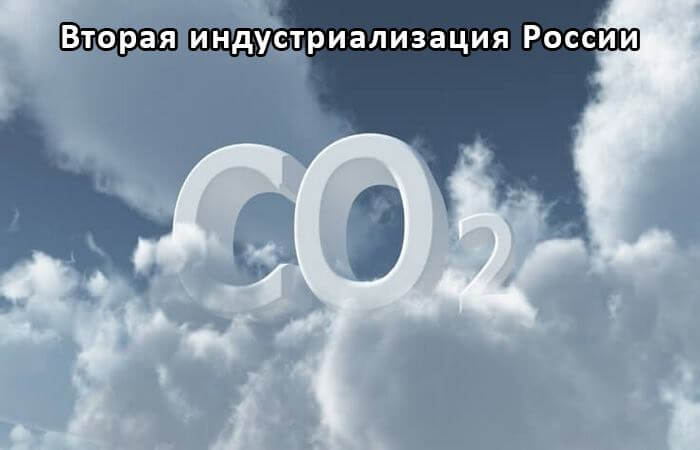
Extraction of plant material with carbon dioxide.
The technology of supercritical CO2 extraction is highly profitable and the most energy-saving technology of extraction of plant raw materials from well-known technologies. CO2 extraction of vegetable raw materials allows to produce the high-quality processing not only raw materials, but also waste products with the aim of extracting from them key components to give a higher quality competitive product varieties. CO2 extraction is able to ensure the complete extraction of biologically active substances, as well as the fullness of the healing properties and wealth components of the extract, unattainable by other methods of processing of raw materials.
Extraction of plant material with carbon dioxide
Technology subcritical CO2 extraction of vegetable raw materials
The technology of supercritical CO2 extraction of vegetable raw materials
Video about the technology of supercritical CO2 extraction
Extraction of plant materials with carbon dioxide:
The basic technological process that allows to extract biologically active components from vegetable raw materials, is the extraction of vegetable raw materials. Classical extraction of vegetable raw materials is the process of processing of raw materials in any solvent. In this part of the substances with the highest means for the solvent, goes in and turns the mixture of solvent and dissolved therein of the target component of the extract. But the solvent used is often unable to be removed completely from the resulting extract in addition, the feedstock undergoes a number of changes in connection with the use of chemical solvents that questioned the “naturalness” of such extracts. In addition, solvents are not able to ensure complete extraction of biologically active substances.
To date, the global environmental and social conditions urgently demand new approaches to extracting biological components. In the food industry is limited, and in the pharmaceutical prohibited the application of a number of extractants capable to have toxic or mutagenic action. One solution to this problem is the use as an extractant liquefied CO2 gas. And the technology is called – CO2 extraction of vegetable raw materials.
@
Currently there are two technologies of extraction of carbon dioxide: extraction in the supercritical state and extraction in the subcritical state.
Dioxide carbon (CO2 gas) in subcritical condition liquefied CO2 gas behaves as liquid, and supercritical, both as liquidand as gas. The point of transition from one state to another is usually considered to be a pressure of 75 ATM and a temperature 31оС. Here’s the “before” and “excess” is considered relative to that point. It is “critical” state is called, because the substance changes its aggregate state.
By using CO2-extraction are two kind of product CO2-extracts of:
selective extracts extracted at low pressure and contain only volatile components are soluble. The heavier resin, pigments and the waxes do not fall in these extracts. CO2-extracts produced according to this technology, recall the products of the steam distillation, however, can contain such components that cannot be extracted from the raw material by steam distillation method;
– solid CO2-extracts. Them extracted at higher pressures, and they contain both volatile and non-volatile soluble components. Such oils have a richer structure due to the presence of hard resins, waxes and pigments. Solid CO2-extracts usually have a more viscous paste-like consistency, but readily soluble as esters, and vegetable oils. Some solid CO2-extracts for dissolution require little heating, for example, CO2-extracts of rosemary, sea buckthorn and vanilla.
Technology subcritical CO2 extraction of plant materials:
To extract more biologically active components used subcritical extraction.
Subcritical CO2 extraction of vegetable raw materials is carried out without heating (10-35 degrees Celsius) and provides the fullness of the healing properties and wealth components of the extract, unattainable by other methods of processing of raw materials.
The technology of supercritical CO2 extraction of vegetable raw materials:
At pressures above 7,39 MPa and a temperature of more than 31,6 ° C the dioxide carbon is in the so-called supercritical state in which the density of the liquid, and the viscosity and surface tension as gas. This unusual physical substance (fluid) is an excellent non-polar solvent. Supercritical CO2 is capable of completely or selectively extract any non-polar components, and the introduction of corestates capable of dissolving polar substances in the plant material.
Carbon dioxide (dioxide or carbon) used in supercritical state for extraction of natural raw materials (vegetable or animal) has all the advantages and possibilities of compressed gas. Moreover, he has a number of attractive properties that provide additional benefits when using this gas to aid in extraction.
CO2 has a universal solvent ability towards organic compounds, is physiologically not troublesome, since it is the end product of the metabolism of several living organisms, including humans.
CO2 is sterile and bacteriostatic compound, CO2 does not burn and is not explosive, which is important for production environments.
CO2 is safe for the environment, that allows to speak about possibility of creation of ecologically pure production.
CO2 is relatively easy to obtain, and therefore is a relatively cheap form of solvent.
The technology of supercritical CO2 extraction is highly profitable and the most energy-saving technology of extraction of plant raw materials from well-known technologies.
CO2 extraction of vegetable raw materials allows to produce the high-quality processing not only raw materials, but also waste products with the aim of extracting from them key components to give a higher quality competitive product varieties.
Note: © Photo , . Video .
